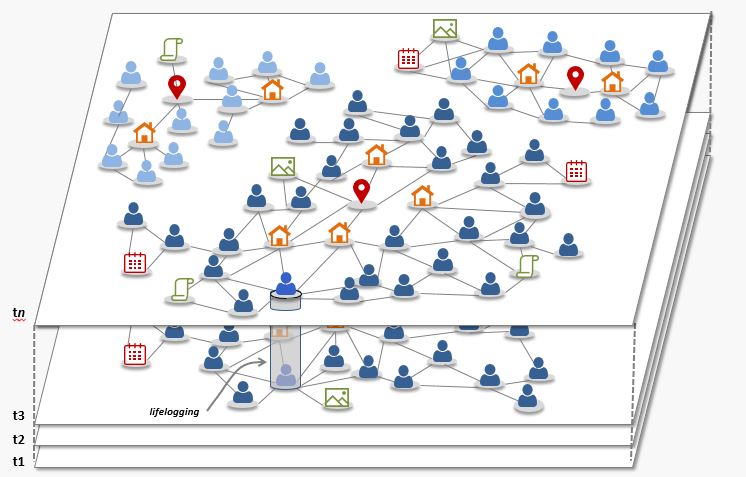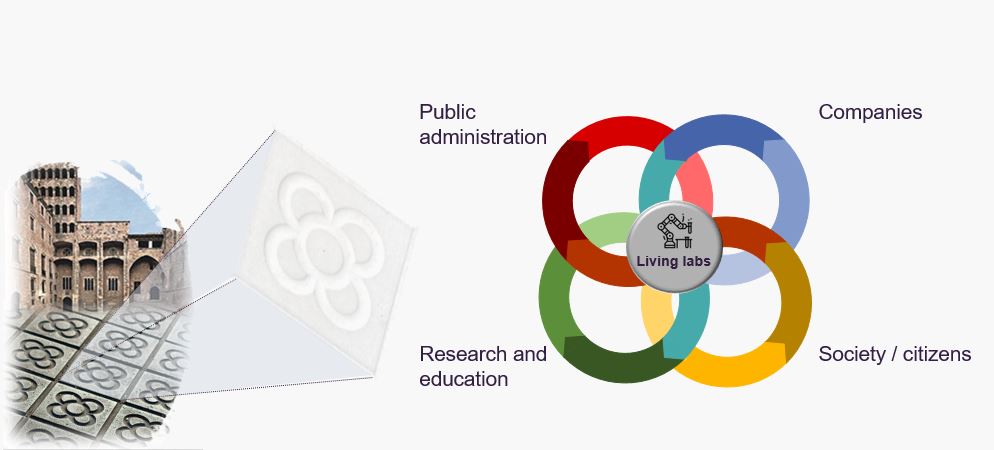Catalonia Time Machine
Catalonia: a rich and long history
The territory that now constitutes the nationality and autonomous community of Catalonia was first settled during the Middle Palaeolithic era. Catalonia’s cultural heritage is extremely rich as a consequence, in part, of its geographical location in the Mediterranean Sea, a cradle of civilizations. Iberians, Greeks, Carthaginians, Romans, Visigoths and Muslins left their footprint. Afterwards, Catalonia was part of the Hispanic Mark to became an independent county until to be part of the Aragonese Crown, showing an important commercial expansion. Following Catalan surrender on 11 September 1714, after the War of Spanish Succession, the king Philip V of Bourbon, inspired by the model of France imposed a unifying administration across Spain, suppressing the main Catalan political institutions and rights and merged into Castile as a province. Hence, the Catalan cultural heritage reflects the evolving memory of generations, with the influence of different civilizations, that have constructed an own identity.
A Digital Twin model based on the social network paradigm
A digital twin (commonly used in industry 4.0) is a digital replica of a living or non-living physical entity. It is a virtual representation of assets, people, places and events. The digital twin model of CatTM is a virtual model of the past based on the citizens and communities of the past: a historical social network and the life logging of their members. Thus, the story telling of the past can be constructed based on the analytics of this conceptualization of the history.

A social innovation model: the citizens (past and present) at the centre
Panot (a tile with a flower inside) is a symbol of Barcelona and one of the most iconic images of the city. It is a symbol of the Modernism art, and its 4-petals shape inspires the quadruple helix model (a trend in Open Innovation) that is applied to CatTM.
Following the citizen science models, where the user becomes an active actor, we interpret the history combining tangible and intangible assets, where the citizens are central components, validating the output of the A.I. algorithms, and also contributing with oral history and personal assets.
